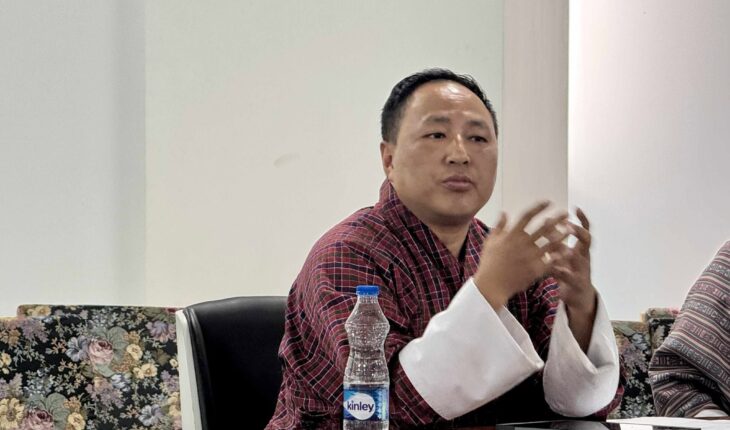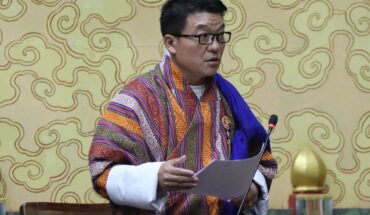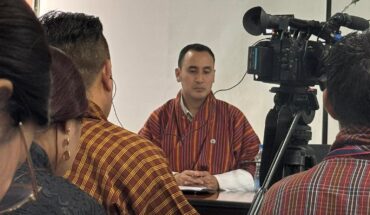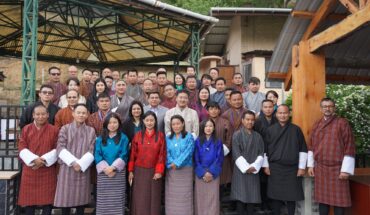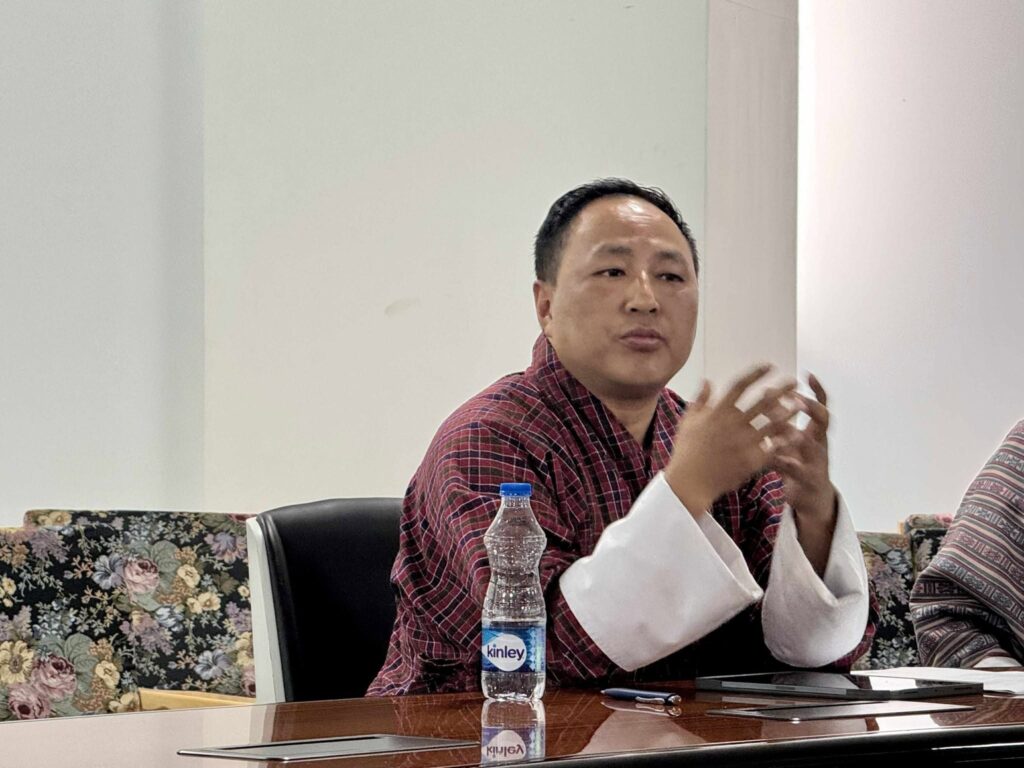
TIL BDR GHALLEY
Thimphu
As of 2025, Bhutan’s disability literacy rate remains at a low 26.6 percent, compared to the national literacy rate of 70 percent, according to the Ministry of Education and Skills Development (MoESD).
This stark disparity has intensified the country’s efforts to ensure inclusive and equitable education for children with disabilities a goal rooted in Bhutan’s national development agenda and its commitments under the UN Convention on the Rights of Persons with Disabilities.
Despite a government-wide push for inclusive education, only 1,455 students with disabilities are currently enrolled in inclusive and special education institutions across the country.
Of these, 506 are girls, underscoring persistent gender disparities and the broader challenges of access and participation for children with disabilities.
In response to the low literacy levels among persons with disabilities, the Ministry has undertaken a series of interventions over the past three years, focusing on quality, access, and the transformation of the mainstream education system into an inclusive one.
“Improving the disability literacy rate is a priority for the Ministry of Education and Skills Development,” said Tashi Namgyal, Director of the Department of School Education. “We have concentrated not only on increasing the number of inclusive schools but also on improving the quality of education provided within these institutions.”
The Ministry’s strategic approach emphasizes ability-based learning and inclusive pedagogy, moving beyond token enrolment to fostering environments where every child can thrive regardless of their abilities.
A central initiative has been the integration of inclusive practices within Central School clusters from Early Childhood Care and Development (ECCD) centres to Grade 12.
“This integrated model supports early identification of children with disabilities, ensures continuity of care, and enables long-term learning support across the entire education cycle,” Tashi Namgyal added.
To strengthen the foundation for inclusive education, the Ministry revised its Guidelines on Assessment, Examination, Promotion, and Transition of Students with Disabilities.
These guidelines aim at removing systemic barriers that hinder learners with disabilities from progressing within the mainstream system.
“The revised guidelines offer greater flexibility, improve access, and encourage ability-based learning,” he noted. “More importantly, they promote a culture of inclusion and respect for diversity within schools and institutions.”
In tandem with policy reforms, the Ministry has focused on upskilling teachers, developing tailored learning materials, and implementing individualized education plans (IEPs) to meet the diverse needs of learners.
Special attention has been paid to capacity building through in-service training programs and professional development courses for educators and school administrators.
As more schools become inclusive, there is a growing demand for adapted infrastructure, assistive technologies, trained teachers, and specialized teaching-learning resources,” Tashi Namgyal said.
“These resources are often limited, and meeting the rising demand remains a key concern.”
The Ministry’s efforts are also aligned with the national priorities under Bhutan’s 13th Five-Year Plan, which recognizes education as a critical lever for inclusive and sustainable development.
Looking ahead, the Ministry plans to expand its inclusive education model to more schools across the country, ensuring that the approach is standardized and sustainable. It also aims to foster cross-sectoral collaboration with the Ministry of Health and the Ministry of Social Protection to address interconnected challenges related to health, well-being, and social inclusion of children with disabilities.
In addition to government-led interventions, the Ministry continues to engage with development partners, civil society organizations, and local governments to mobilize technical assistance and financial resources.
International support has played a significant role in pilot programs for inclusive education, development of resource centers, and deployment of assistive technologies.

